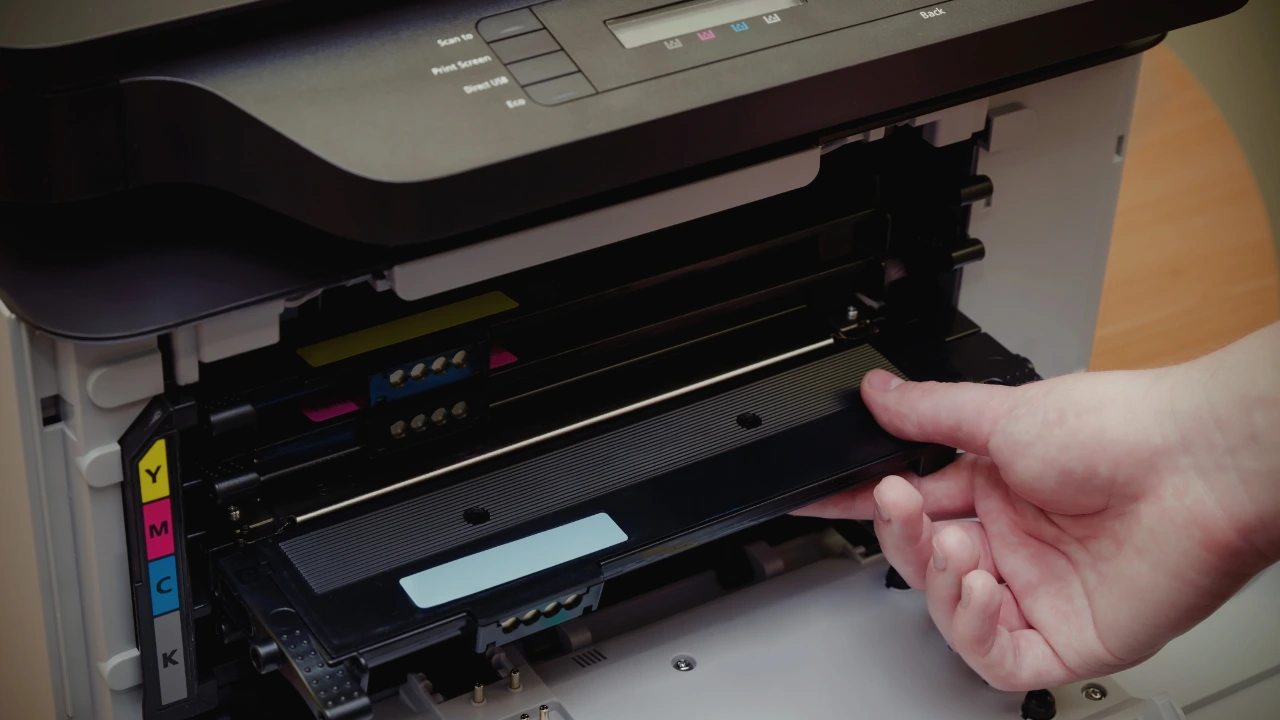Most businesses today rely on a growing number of devices (laptops, smartphones, tablets, even smart TVs and printers) to keep things running smoothly. But as the number of connected devices increases, so does the risk of something slipping through the cracks.
Unmanaged devices are one of the most overlooked security gaps in many workplaces. They might seem harmless at first . A personal phone, an old laptop, or a guest device, but they can quietly bypass your security setup and put your entire network at risk.
What Are Unmanaged Devices?
Unmanaged devices are any computers or mobile devices, whether company-owned or personal, that connect to your business network without being monitored, maintained, or secured by your IT team or MSP.
Common examples include:
- Employee-owned smartphones used to check work emails.
- Old laptops still connected to Wi-Fi in meeting rooms.
- Smart TVs, printers, cameras, or other IoT devices.
- Guest or contractor laptops brought on-site temporarily.
Unlike managed devices which are kept up to date, patched, scanned, and protected unmanaged devices fly under the radar. They don’t receive critical security updates or follow your company’s policies, leaving a dangerous gap in your IT environment.
Why Are Unmanaged Devices a Security Threat?
1. Outdated Security
These devices often run old operating systems or unpatched software, making them easy targets for attackers exploiting known vulnerabilities.
2. Lack of Monitoring
If your team isn’t aware of a device, they can’t monitor it—leaving malware infections, suspicious activity, or breaches to go unnoticed.
3. Shadow IT
When staff install personal apps or tools for convenience, they may unintentionally open the door to unauthorised access or malware.
4. Data Leakage Risks
Personal devices used for work may not have encryption or secure storage, meaning sensitive company data can be exposed if the device is lost, stolen, or hacked.
What Can Go Wrong?
Ransomware Entry Point – A single unmanaged device can become the weak link that introduces ransomware into your network, resulting in costly downtime or permanent data loss.
Regulatory Breaches – If customer or financial data is compromised through an unmanaged device, your business could face serious penalties especially in regulated industries.
Unplanned Disruptions – Malware from a rogue device can cause outages, impact productivity, and damage your reputation with clients and stakeholders.
How to Protect Your Business
1. Discover & Inventory Devices
Use network scanning tools to detect and catalogue every device connected to your environment no matter how briefly.
2. Enforce Secure Access
Limit access to company systems and data to authorised, secure, and actively managed devices.
3. Implement MDM (Mobile Device Management)
Apply MDM solutions to manage mobile devices,whether company-owned or BYOD, including enforcing encryption, passwords, remote wipe capabilities, and app restrictions.
4. Educate Your Team
Make staff aware of the risks. A quick reminder not to connect unknown USBs or download apps onto work systems can go a long way.
5. Work with Insight IT
We’ll help you build a clear, practical device security strategy—covering everything from discovering hidden devices to ongoing monitoring, patching, and compliance. With the right plan in place, you can reduce risk without adding complexity.
Don’t Let Silent Risks Catch You Off Guard
Unmanaged devices don’t come with warning signs but the damage they can cause is very real.
Whether it’s an old tablet that hasn’t seen an update in years or a contractor’s laptop with no antivirus protection, these gaps are entry points for modern cyber threats. The good news? With the right visibility and controls in place, you can close those gaps before they’re exploited.
Security isn’t just about technology, it’s about awareness, accountability, and having the right protections in place.
Need a second opinion on your IT security? Contact us today for a free, no-pressure chat with our team.




